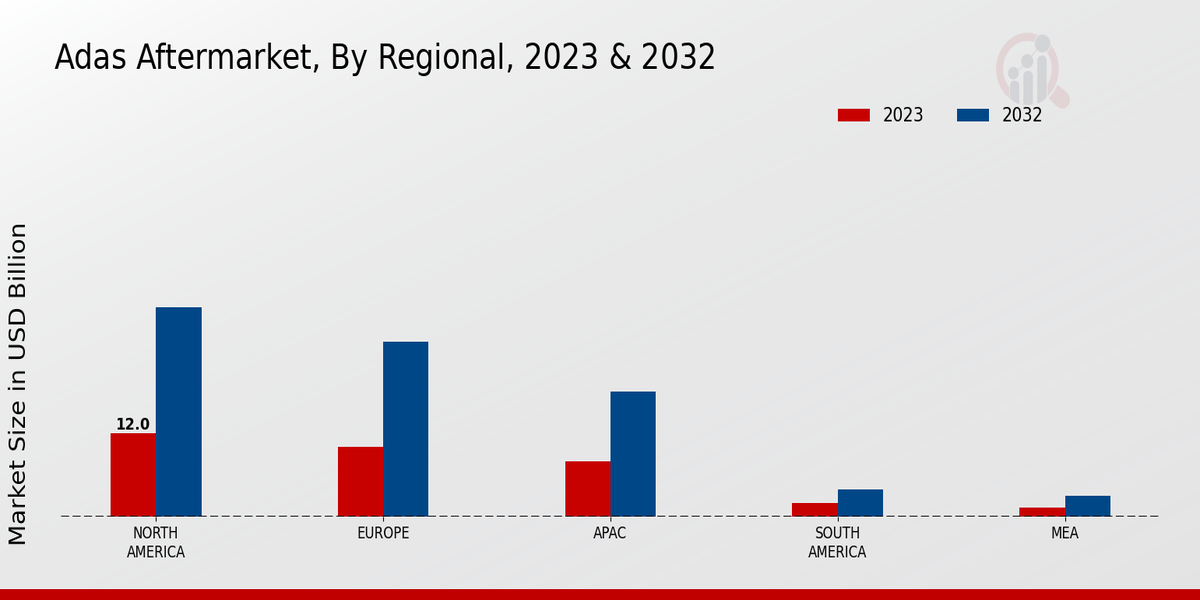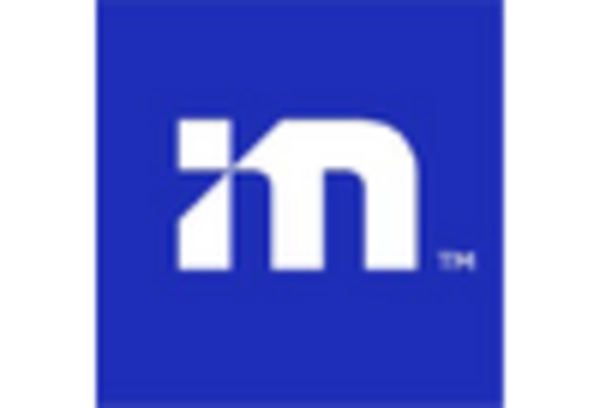The ADAS Aftermarket has been gaining significant traction as the demand for advanced driver-assistance systems continues to rise. With the increasing adoption of such technologies across various vehicle segments, numerous companies have positioned themselves to capture the growing opportunities within this sector.
The competitive landscape is marked by a mix of established players and emerging companies striving to innovate and expand their offerings. As these businesses navigate through technological advancements, regulatory changes, and shifts in consumer preferences, their strategies become critical in shaping market dynamics.
The competitive insights in this space revolve around key factors such as product differentiation, technological innovation, partnership strategies, and geographical reach, which ultimately influence the trajectory of the ADAS Aftermarket.
Hella benefits from a robust market presence in the ADAS Aftermarket due to its extensive expertise in automotive lighting and electronic components. The company has established strong relationships with automotive manufacturers and has a well-regarded reputation for delivering high-quality products that integrate seamlessly with existing vehicle systems.
Hella's commitment to research and development ensures that it remains at the forefront of technological advancements, allowing it to offer innovative solutions tailored to meet evolving regulatory requirements and consumer expectations.
Additionally, the company has a resilient supply chain and a wide distribution network, which bolsters its ability to effectively serve customers and respond swiftly to market changes. This strategic positioning has enabled Hella to maintain a competitive edge in the rapidly evolving landscape of the ADAS Aftermarket.
Waymo, recognized for its pioneering advancements in autonomous vehicle technology, is making considerable strides in the ADAS Aftermarket. The company's deep expertise in artificial intelligence and machine learning positions it uniquely to influence the market dynamics related to driver assistance technologies.
Waymo's commitment to creating safer and more efficient vehicle systems translates into valuable insights that can enhance Aftermarket solutions. Moreover, the collaboration with automotive manufacturers and technology partners allows Waymo to integrate its cutting-edge technologies into existing vehicle architectures, thereby expanding the application of advanced driver-assistance systems.
By focusing on innovation and leveraging its expertise in autonomous driving, Waymo is well-positioned to capitalize on the growing demand for ADAS, fostering competitive advantages in this burgeoning market segment.


















Leave a Comment